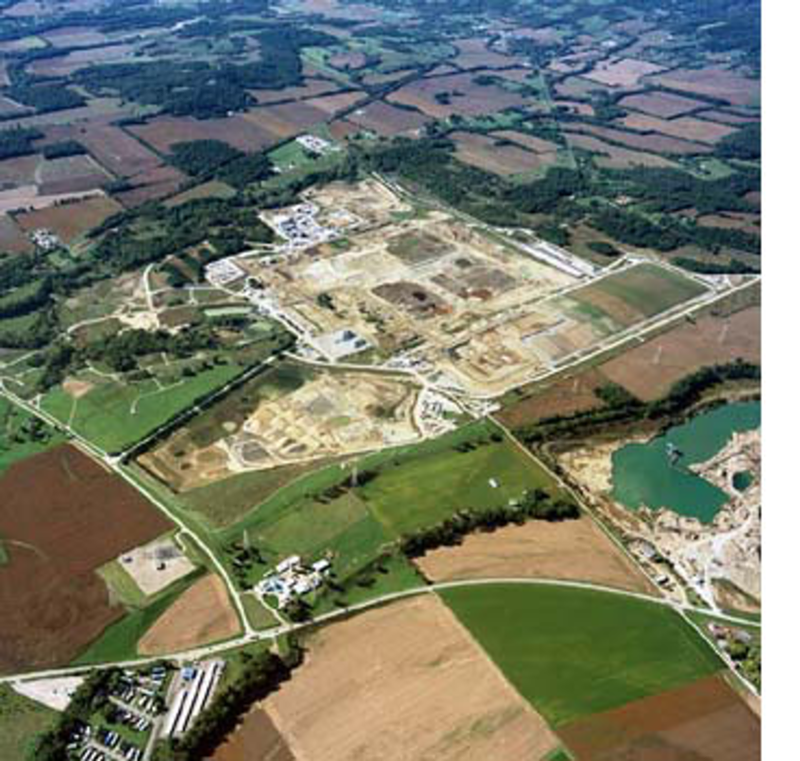More than 18 years later, Hamilton County’s Fernald Feed Materials Production Center is in the news again. This time, a study found a correlation between higher rates of cancer mortality and hourly workers, with some evidence of radiation causing intestinal cancer.
The study from the National Institute for Occupational Safety and Health (NIOSH) found salaried workers fared much better than hourly workers, and all-cause mortality was below expectations for them despite increased malignancies in blood, bone marrow, spleen, lymph nodes and thymus cells.
Hourly workers weren’t so lucky, according to the study. They had above-average cancer mortality rates in comparison to the rest of the U.S. population, but tests only provided evidence for a connection between hourly workers and intestinal cancer.
Previous studies also found a link between non-malignant respiratory disease and exposure to radiation, but the NIOSH study found no such connection. The discrepancy could be due to “improved exposure assessment, different outcome groupings and extended follow-up” in the NIOSH study, according to the study’s abstract.
The NIOSH study followed 6,409 workers who were employed at Fernald for at least 30 days between 1951 and 1985, following them through 2004.
Fernald was initially surrounded by controversy in 1984 when it was revealed that it was releasing millions of pounds of uranium dust into the atmosphere, causing radioactive contamination in surrounding areas. The controversy was elevated when Dave Bocks, an employee at the factory, mysteriously disappeared and was later found dead at a uranium processing furnace. Some suspected Bocks was murdered for allegedly being a whistleblower, but no evidence of foul play was ever officially recorded.






